Digital Out-of-Home
Advertising

Don’t Interrupt
Integrate
Digital out-of-home (DOOH) advertising meets your consumers where they are—physically and mentally. Capture your audience’s attention in real-time, in real-life environments when they’re receptive. Our DOOH campaigns put your brand front and center, driving impressions, engagements, and conversions like never before.
The Benefits of DOOH Advertising With AllOver Media
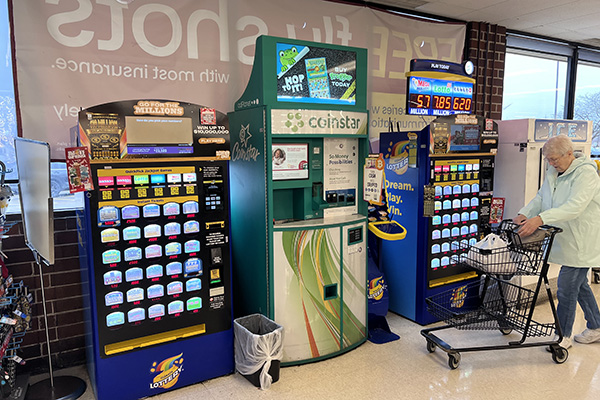
Dynamic Content
Get your audience’s attention with eye-catching, moving visuals. Our approach allows for real-time updates and creative flexibility, for timely, relevant messages.
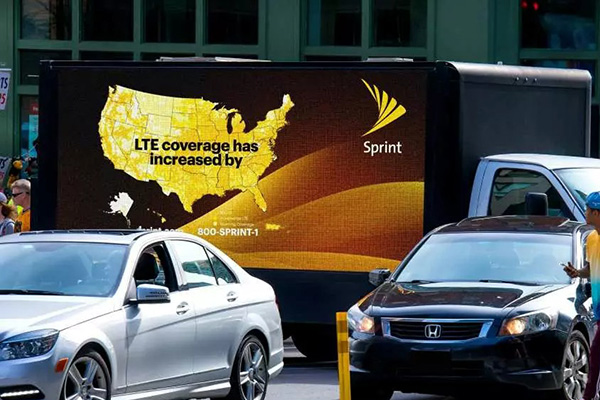
High Visibility
Leverage exclusive placements in high-traffic areas. Whether it’s a bustling city intersection or a busy shopping mall, DOOH advertising hits in moments that matter.
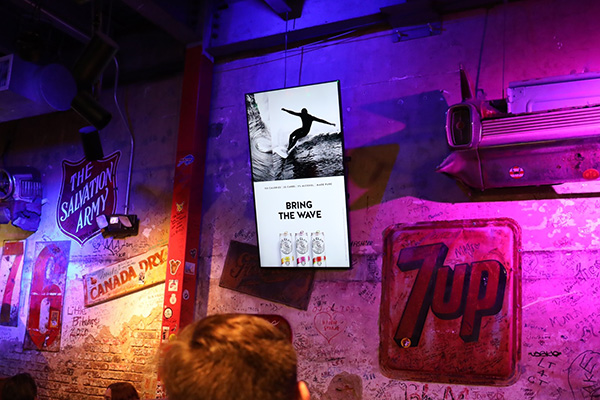
Measurable Impact
With advanced analytics, our campaigns offer measurable insights into performance to refine strategy for maximum impact.
Go Where Your Consumers Are
When it comes to placing your digital out-of-home ads, the possibilities are limitless:
- Bars & Restaurants
- Coffee Shops
- Colleges & Universities
- Convenience Stores
- Dispensaries
- DMVs
- Doctor’s Offices
- Gyms
- Hotels
- Liquor Stores
- Malls
- Movie Theaters
- Office Buildings
- Pharmacies
- Salons
- Sports Entertainment
- Taxis
- Transit Stations
- Veterinary Offices
Have an idea you don’t see here? Tell us! We’re here to execute your vision.
Exclusive Inventory
Take advantage of placements that can only be bought through us and leave your competition in the dust.
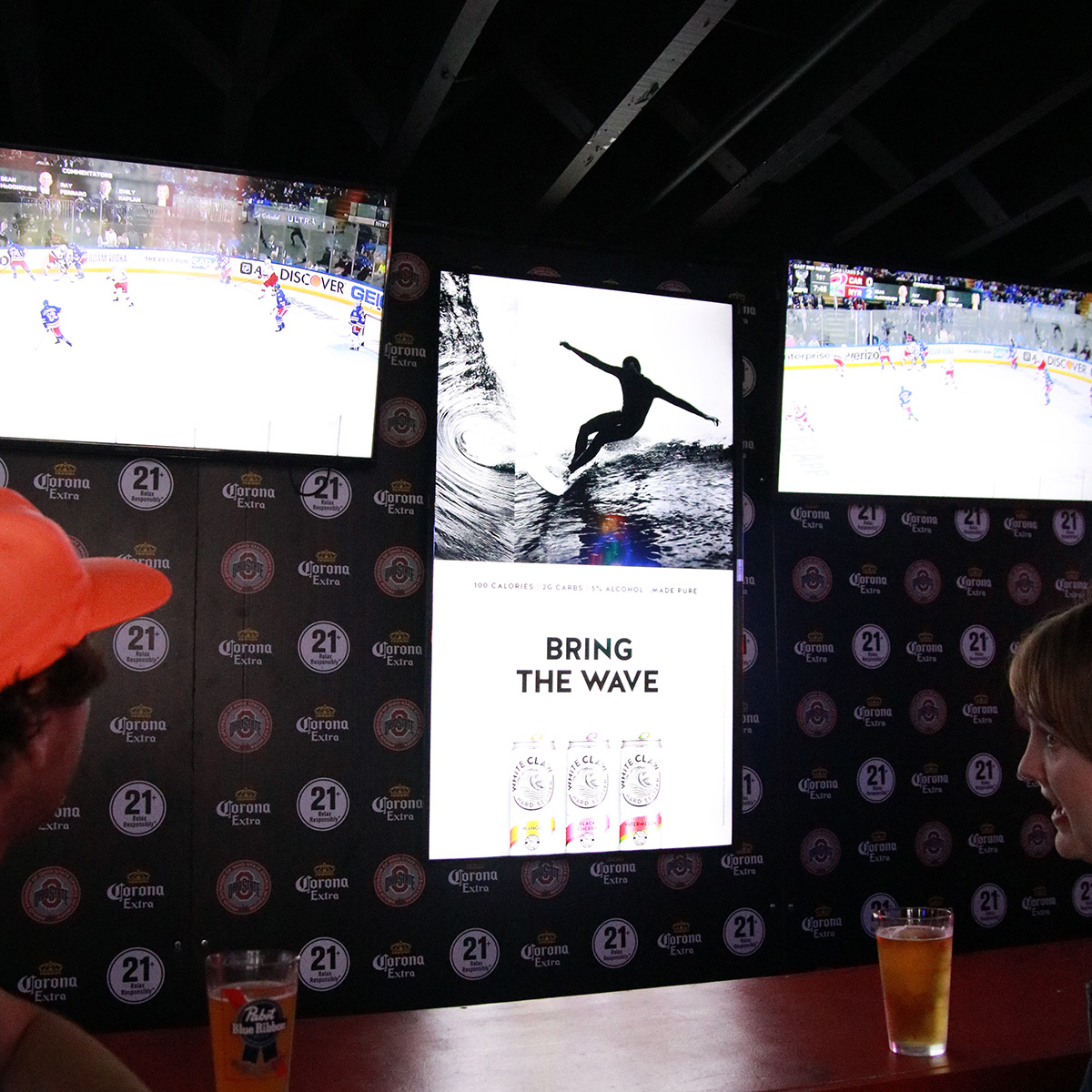
Passionate Experts
We know the nuances of DOOH advertising and leverage industry trends and best practices for cutting-edge solutions.
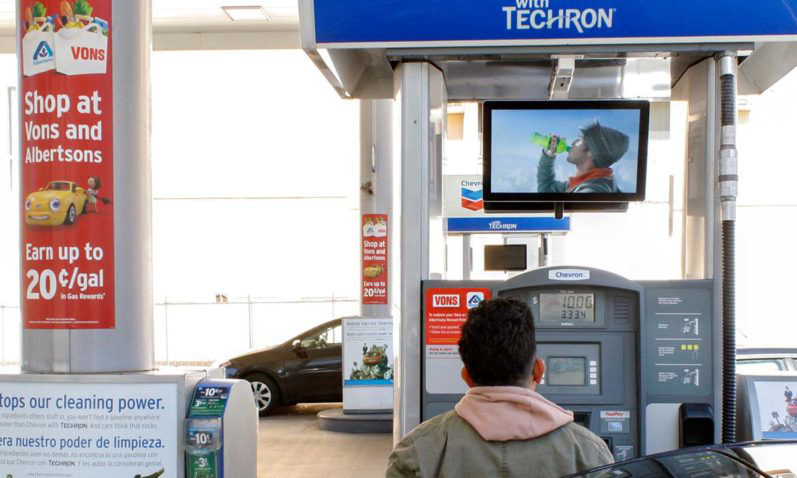
Comprehensive Campaigns
From strategy and creative development to execution and analytics, enjoy end-to-end support for your digital OOH campaigns.
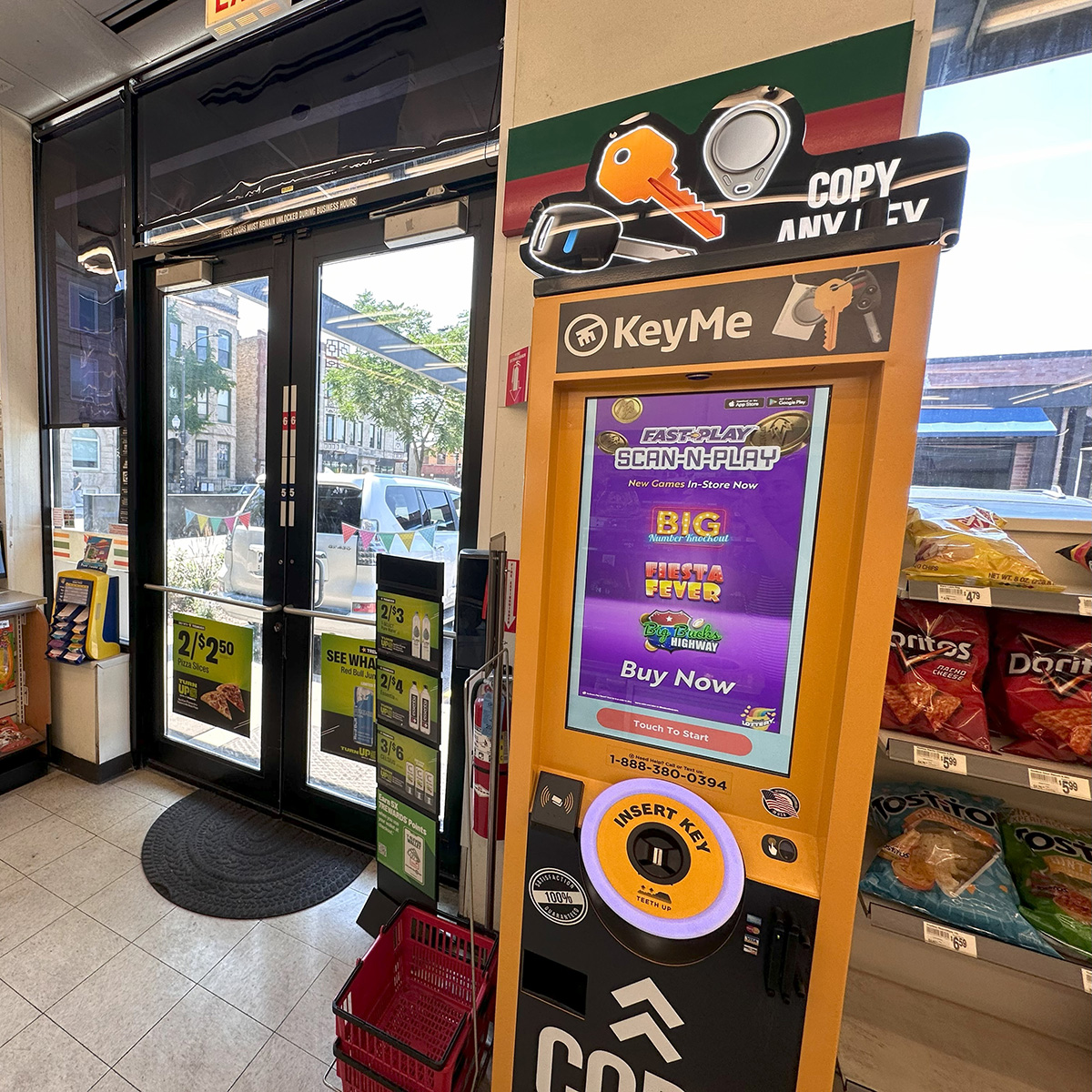
Proven Results For 2+ Decades
For more than 20 years, our clients have trusted us to deliver top-tier campaigns that inspire, engage, and convert.
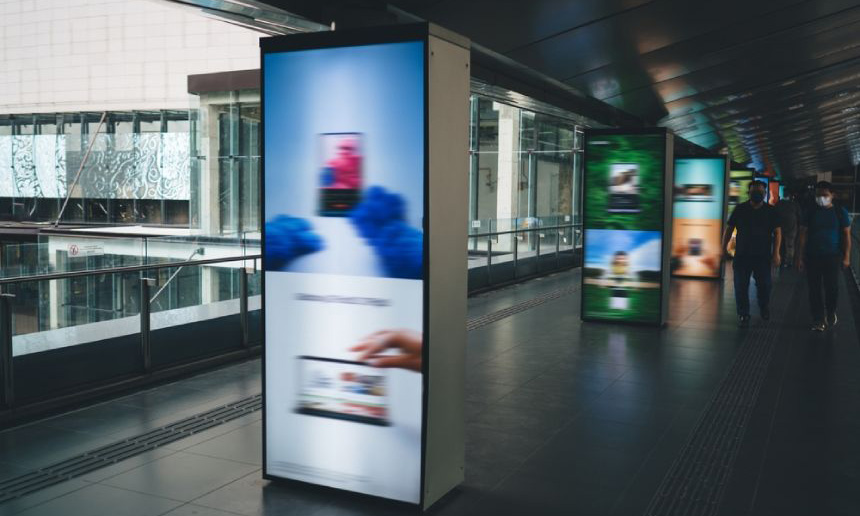
Frequently Asked Questions
Traditional out-of-home advertising typically refers to static advertising like banners and posters. DOOH allows creatives to be updated on the fly without an entirely new installation. With dynamic content, you can respond to the lightning-fast needs of today’s marketplace with real-time content updates and even more precise targeting.
While this approach is commonly used by consumer-facing companies, DOOH can also be effectively used in B2B marketing. As long as you have a clearly defined target audience, digital OOH advertising can help build brand awareness and nurture brand loyalty.
At AllOver Media, we use data-driven insights and programmatic technology. After learning about your business, we dial in ideal demographics, time of day, and locations for your ads. During the campaign, we consistently review your analytics, making tweaks along the way to optimize your advertising budget.
We measure DOOH campaigns using analytics tools that track impressions, engagement, and overall campaign performance. This helps us make sure we’re hitting or exceeding your initial goals!
Dynamic and visually engaging content—short videos, animations, and bold graphics—usually works best for digital ooh advertising. Our expertise is in creating content that’s easily understood within seconds.

